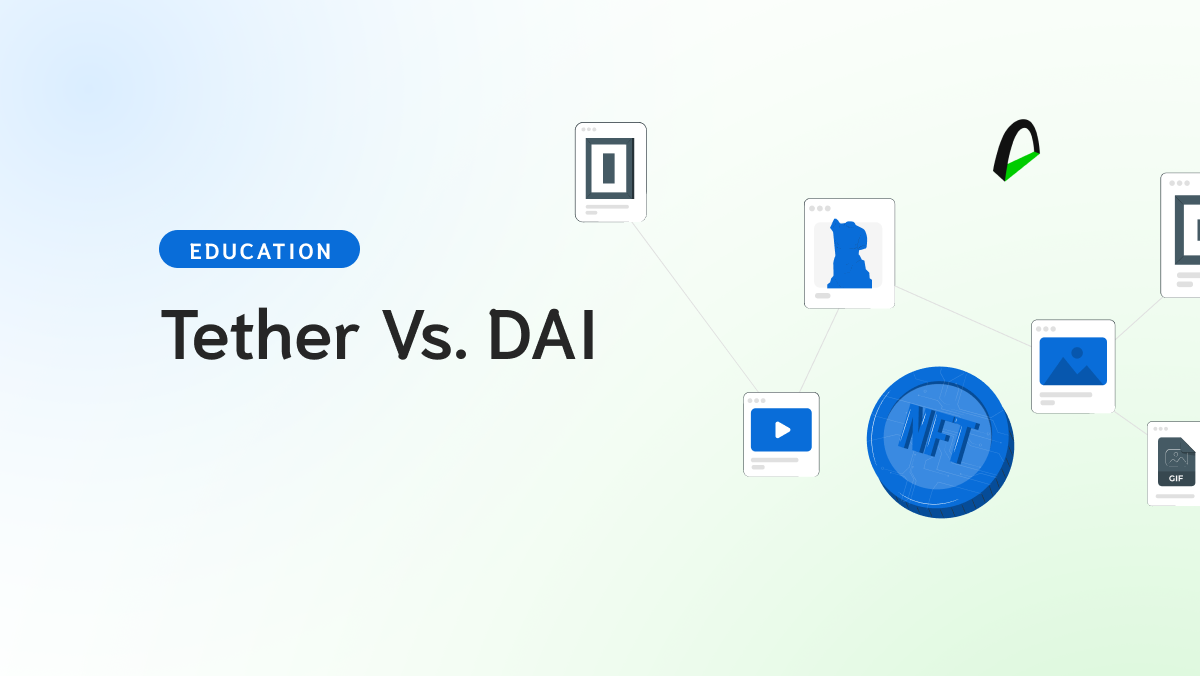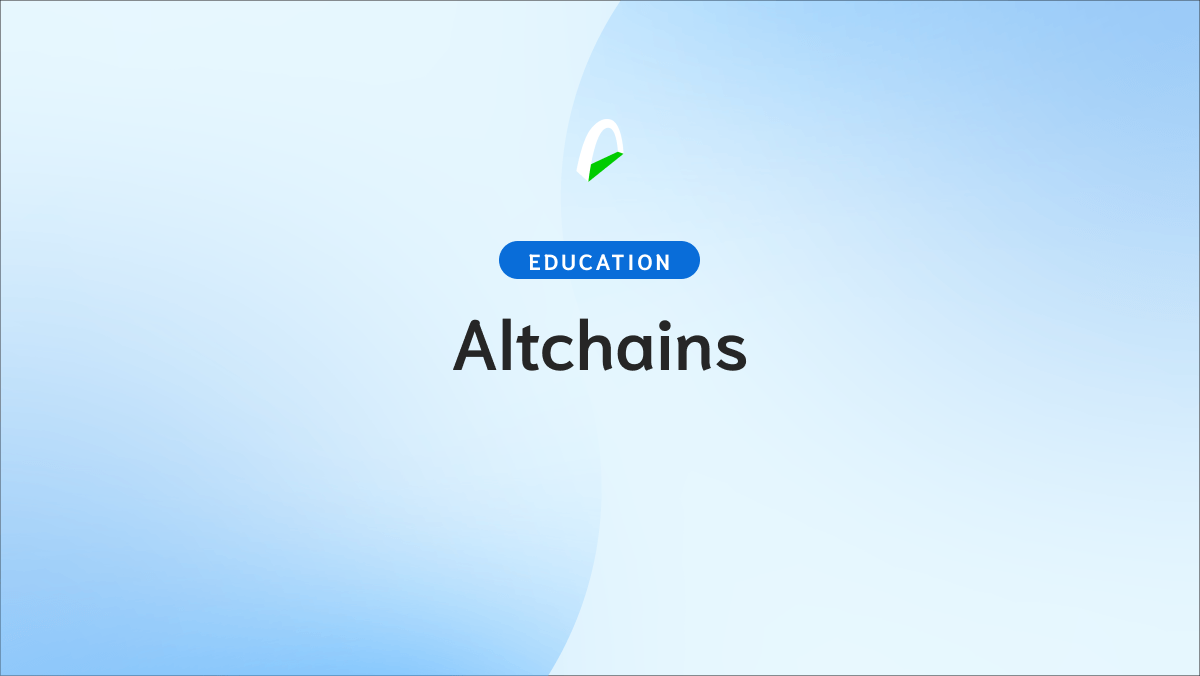Frax Share is an exciting crypto project that has recently gained popularity. In this post, we explore everything you need to know about it.
We may be in a bear market, but the ecosystem continues evolving quickly, with new projects, developments, and solutions coming up every day.
Some projects that have generated the most attention are those related to stablecoins, especially after Terra's death spiral.
Stablecoins are digital tokens pegged to the value of a "stable" asset such as the dollar. There are three types of stablecoins, 1. backed 1:1 to a fiat currency, 2. backed by crypto, and 3. algorithmic without any type of backing. They are created to help reduce the volatility of the ecosystem while seeking to develop a product that allows investors to safeguard the value of their assets and use it as a means of exchange.
The novelty of Frax is its model where it combines two, that is, with crypto collateral and algorithmically. One of the projects that have been around for a while and continue to make headlines due to new feature launches - is Frax.
What is Frax?
When we talk about Frax, we talk about the first fractional stablecoin in the world. It's an algorithmic stablecoin partially backed by collateral and with a price that is algorithmically stabilized.
This concept may sound a bit abstract, so let's look at it from a different point of view.
Frax seeks to be a decentralized crypto that offers price stability.
Its price is partially backed by collateral, meaning a reserve holds some assets to back up the price.
The other part of the price is adjusted algorithmically, meaning that, through various mechanisms, the price is floating to ensure that it remains independent of supply and demand.
The main features of Frax are:
- Highly stable
- Highly scalable
Frax also has two tokens, the Frax stablecoin (FRAX), which maintains a stable price, and the Frax Share (FXS) governance token, which varies according to the use and adoption of the platform.
FXS token is one of the constituents of the Arch Ethereum Web3 token. Learn more here:
The Frax protocol accepts any cryptocurrency as collateral, allowing them to smooth out volatility so they can move to more algorithmic ratios quickly.
If the system increases its use, it becomes more secure, which enables the inclusion of more volatile cryptocurrencies.
Understanding better how Frax works
As we said, the Frax protocol comprises a two-token system that includes a stablecoin (FRAX) and the Frax Share (FXS) governance token.
The FRAX token can be minted and redeemed for $1 of value.
If FRAX trades below $1, the protocol reduces the margin rate by 0.25%.
If FRAX trades above $1, the protocol increases the margin ratio, also by 0.25%.
The update frequency and parameters can be adjusted through governance to ensure stability through economic changes.
In addition, the Frax protocol uses an algorithmic central banking service that modifies the supply to keep prices constant.
Compared to other stablecoins like DAI, the advantage of FRAX is reduced risk. DAI and other stablecoins rely entirely on collateral, so they risk having moments of instability that can lead to rapid collapse.
Let's talk about Frax Share (FXS)
The Frax Share token is a governance and utility token that is not stable.
FXS seeks to reduce governance as much as possible to boost trust and make the voting process easier.
The system works similarly to a DAO but believes that fewer voting parameters than average allow the community to have fewer disagreements.
The parameters governed through FXS include:
- Adding and adjusting collateral pools.
- Changing fees associated with actions such as minting or redeeming.
- Optimizing the collateral ratio of the stablecoin.
The FXS supply is stipulated at 100 million tokens, but the amount in circulation will likely be deflationary as the stablecoin is minted at higher algorithmic rates.
That means that as FRAX usage increases, FXS will be deflationary as FXS tokens are needed to mint new FRAX tokens and can be used as fractional collateral when minting new FRAX tokens.
So what are the use cases of FRX?
- Reward users who participate in the protocol. For example, those who participate in liquidity pools to maintain the value of FRAX are rewarded with FXS tokens.
- Voting power: Those who hold FXS tokens can participate in the governance of the protocol
- Mint new FRAX tokens: Let's say you want to mint 100 FRAX tokens and you want to use USDC as a collateral and also include FXS tokens as a fractional collateral. In this case the FXS will be burned to keep the price.
Fraxlend, the new Frax product
Frax has just launched its new service, which has significantly increased the FXS price.
Fraxlend is a lending platform that allows anyone to create a peer-to-peer market for ERC-20 tokens (the Ethereum tokens).
Any token part of Chainlink's data feed can be lent to borrowers or used as collateral.
Each pair of tokens is isolated in a permission-less market, allowing all users to participate in lending activities.
Those who are lending tokens can deposit their ERC-20 tokens and get fTokens in return, which are tokens that earn interest and can then be exchanged for the underlying assets.
With this, Frax seeks to deliver an algorithmic stablecoin and get into the crypto lending space.






